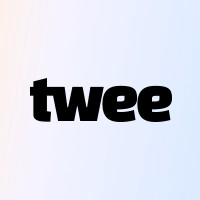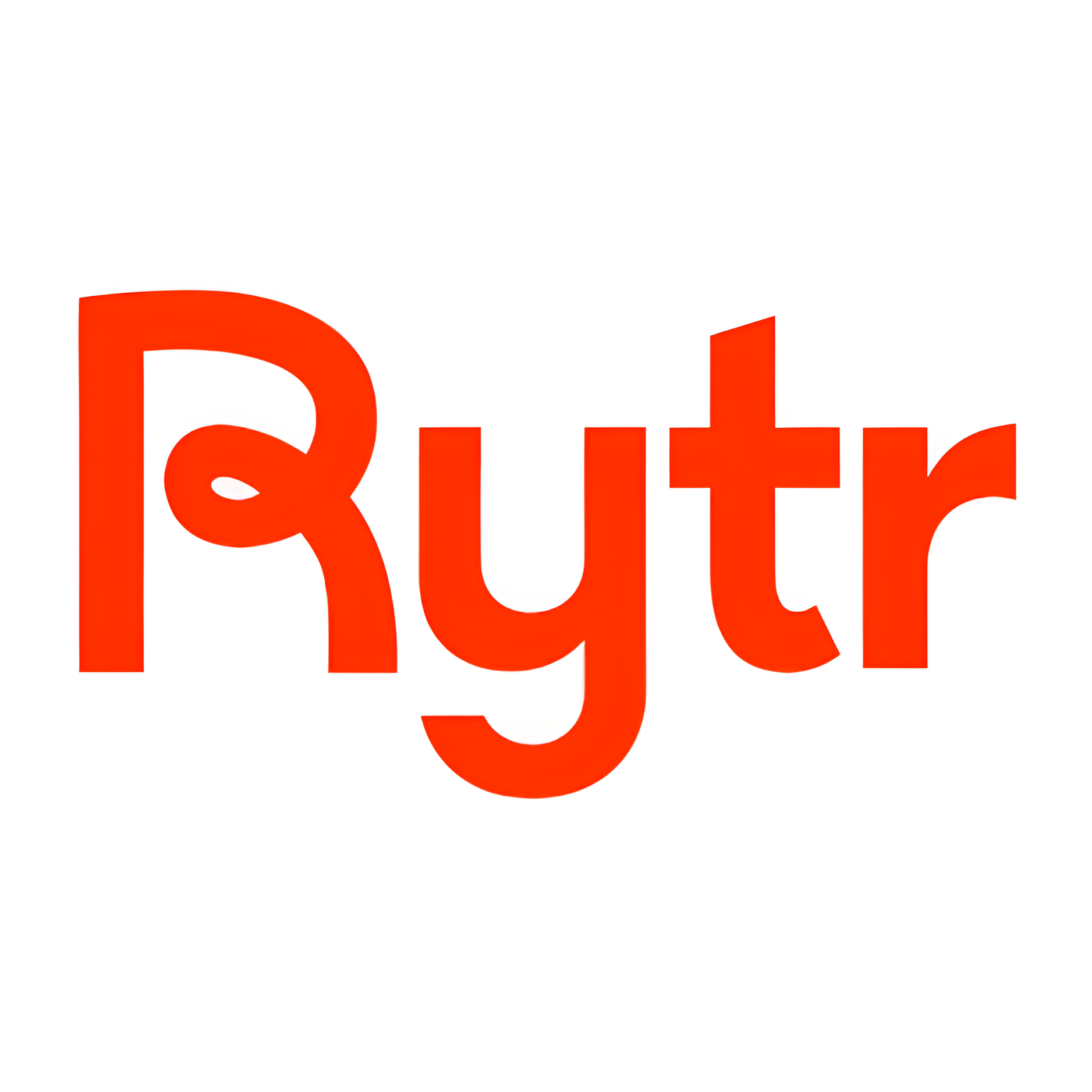Overview
AI Describe Picture is a cutting-edge AI tool designed to enhance the way we interact with images through advanced processing and text extraction capabilities. This versatile platform allows users to transform images into comprehensive descriptions, facilitating a deeper understanding and accessibility of visual content. It excels in extracting text from images with high accuracy, making it invaluable for digitizing printed materials or interpreting embedded text in photos.
One of the standout features of AI Describe Picture is its ability to convert web screenshots into usable code formats such as HTML, CSS, or JavaScript, streamlining the workflow for web developers and designers. Additionally, the tool supports the conversion of image content into Markdown format, which is particularly useful for content creators and marketers looking to integrate visual elements seamlessly into their written projects.
AI Describe Picture also ventures into creative realms, analyzing images to generate personalized content and inspire users in artistic and professional projects. The platform is continuously evolving, with newer versions like Describe Picture V2.0 and V1.0 offering enhanced image recognition and improved productivity tools.
The website itself is a resource hub, featuring insightful posts on the role of AI in revolutionizing image processing and the development of AI-enhanced image captions. Overall, AI Describe Picture is an innovative solution that caters to a wide range of needs in image description, text extraction, and code conversion, making it a pivotal tool in today’s digital landscape.
Key features
- Image to text description: Converts images into detailed, accurate descriptions using advanced AI algorithms, enhancing accessibility and understanding.
- Text extraction accuracy: Extracts text from images with high precision, ideal for digitizing printed content and improving data accessibility.
- Web screenshot to code: Transforms web screenshots into HTML, CSS, or JavaScript code, streamlining web development and design processes.
- Markdown content conversion: Allows users to convert image content directly into Markdown format, facilitating content creation for digital platforms.
- Creative image analysis: Analyzes images for creative projects, providing insights and personalized content suggestions based on visual elements.
- Enhanced version updates: Continuously improves with versions like V2.0 and V1.0, focusing on superior image recognition and increased productivity.
 Pros
Pros
- Language support: Offers multilingual support, enabling users to extract and convert text from images in various languages, broadening user accessibility globally.
- Batch processing: Allows for the processing of multiple images simultaneously, significantly speeding up workflow and increasing efficiency for large projects.
- Customizable filters: Provides options to apply customizable filters for image analysis, allowing users to tailor the output to specific needs or preferences.
- Integration capabilities: Easily integrates with other software and platforms, enhancing workflow automation and connectivity between different tools.
- Secure processing: Ensures high levels of security for uploaded images, using encryption and secure protocols to protect user data.
 Cons
Cons
- Dependency on visuals: Requires high-quality images to perform accurately, which can be limiting in scenarios where image quality is compromised.
- Complex interface navigation: New users may find the interface and numerous features overwhelming, potentially leading to a steep learning curve.
- Limited offline functionality: Most features require an active internet connection, restricting usage in areas with poor connectivity or during offline scenarios.
- Specific format requirements: Only supports certain image formats for processing, which may necessitate additional steps to convert files before use.
- Resource-intensive operations: Advanced AI algorithms demand significant computational power, which might slow down other operations on less capable devices.










